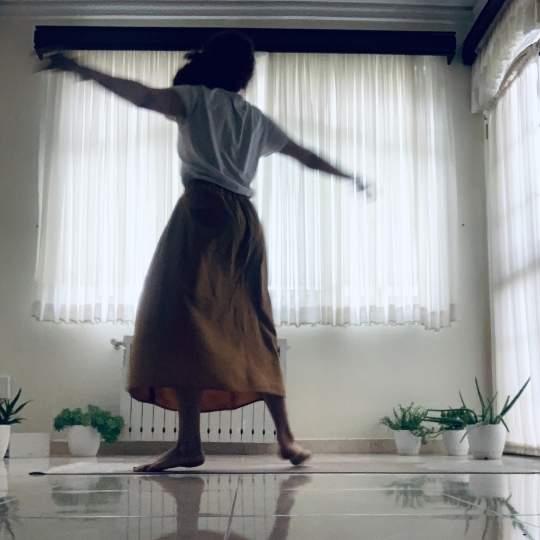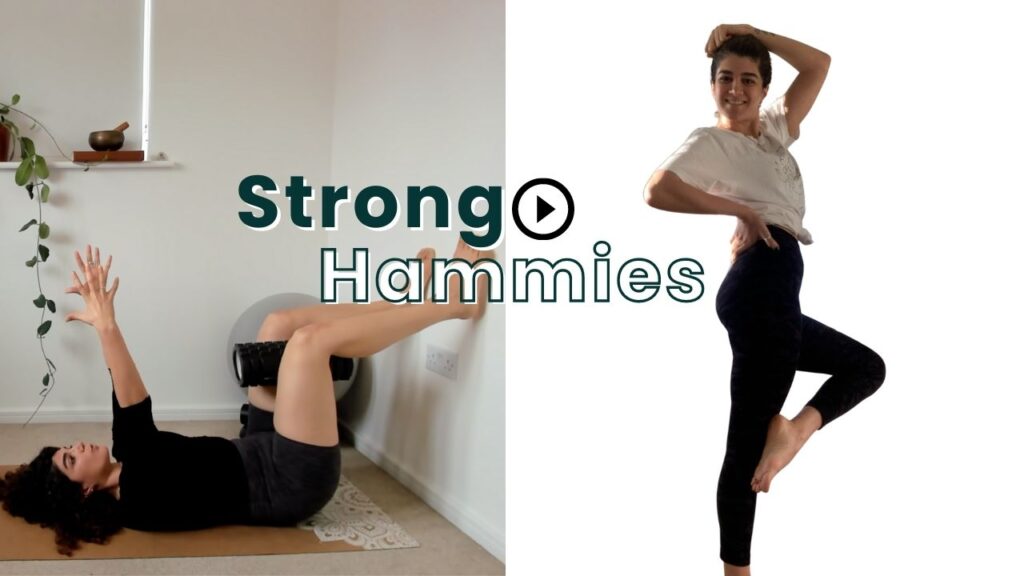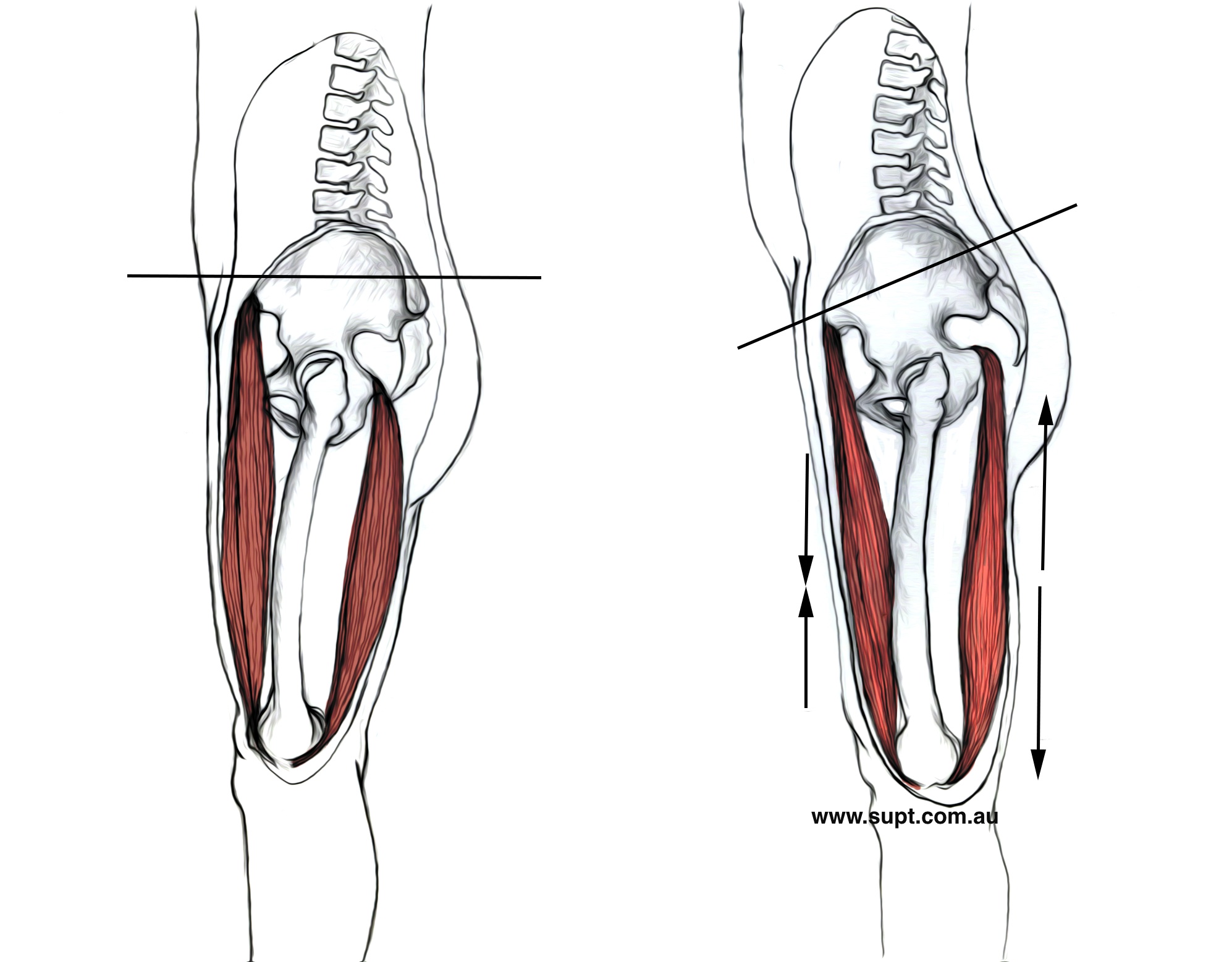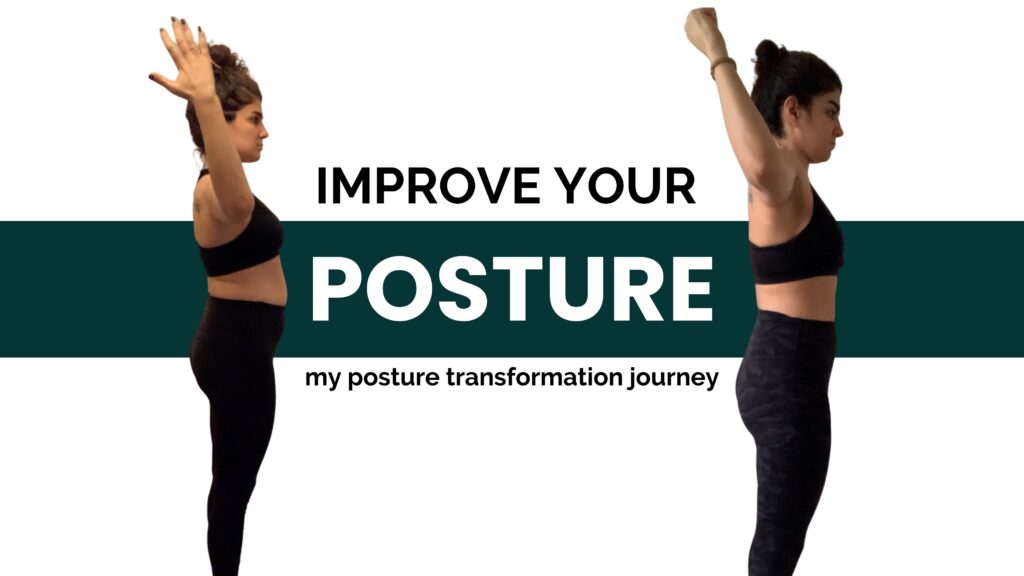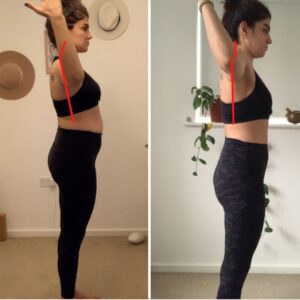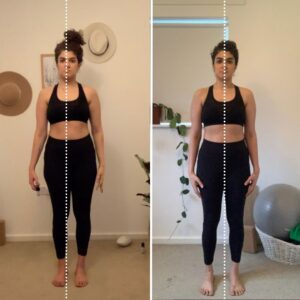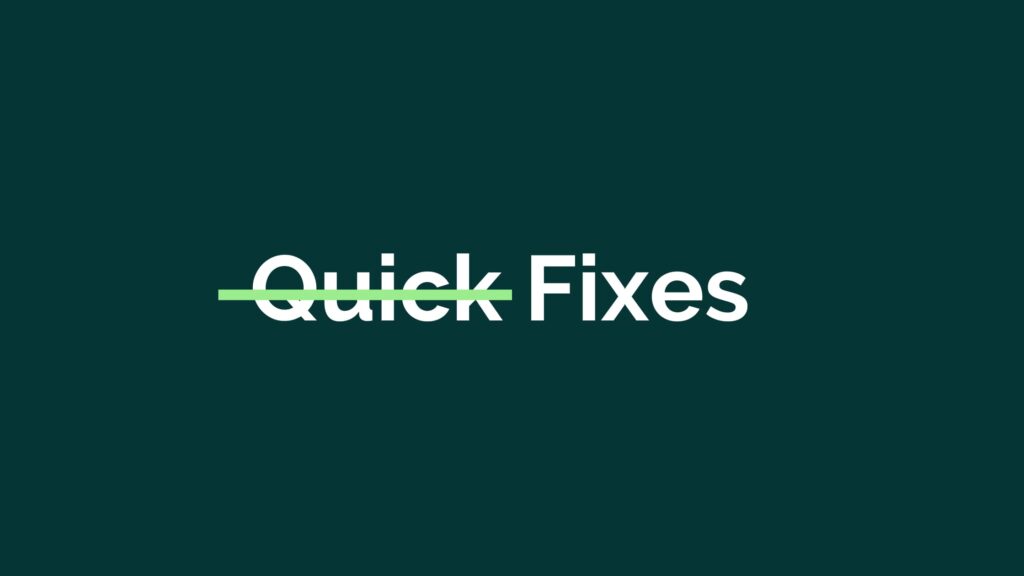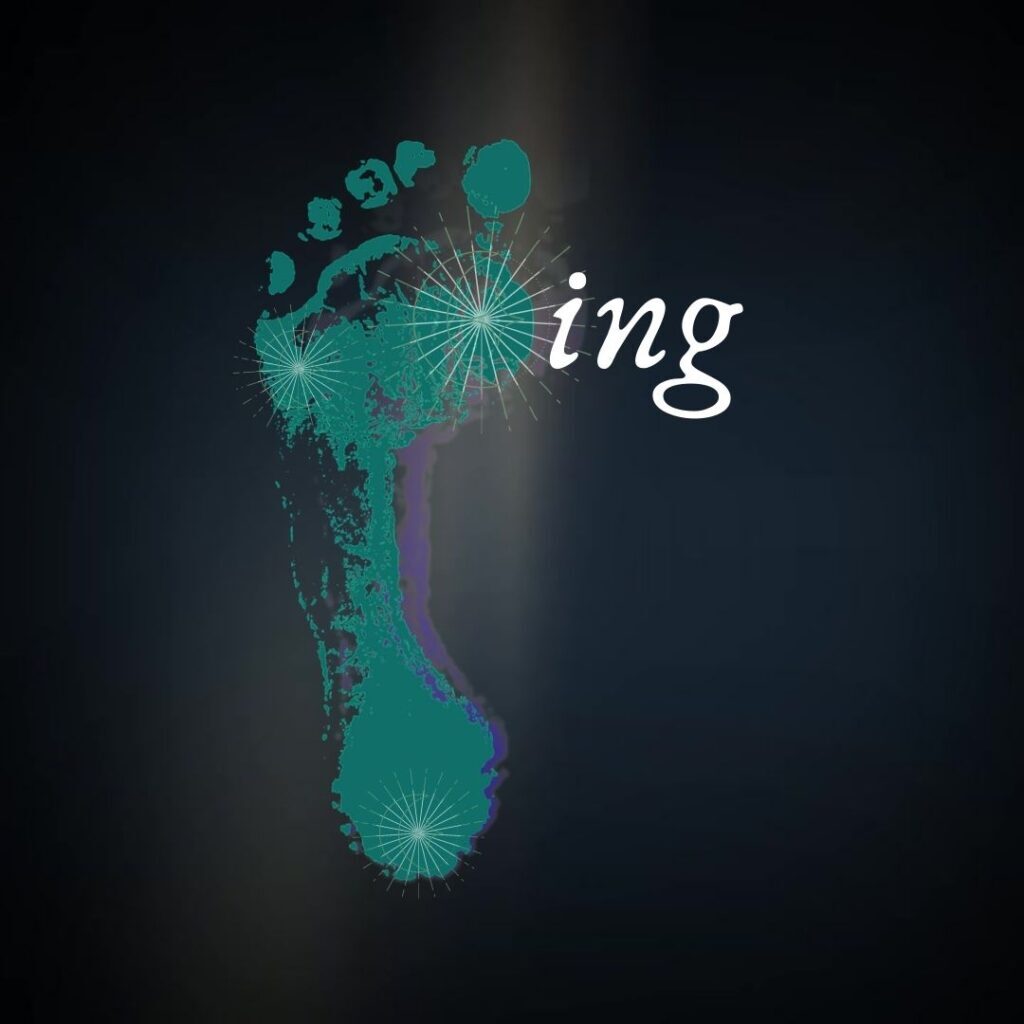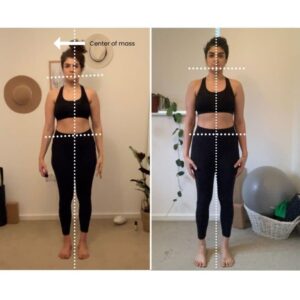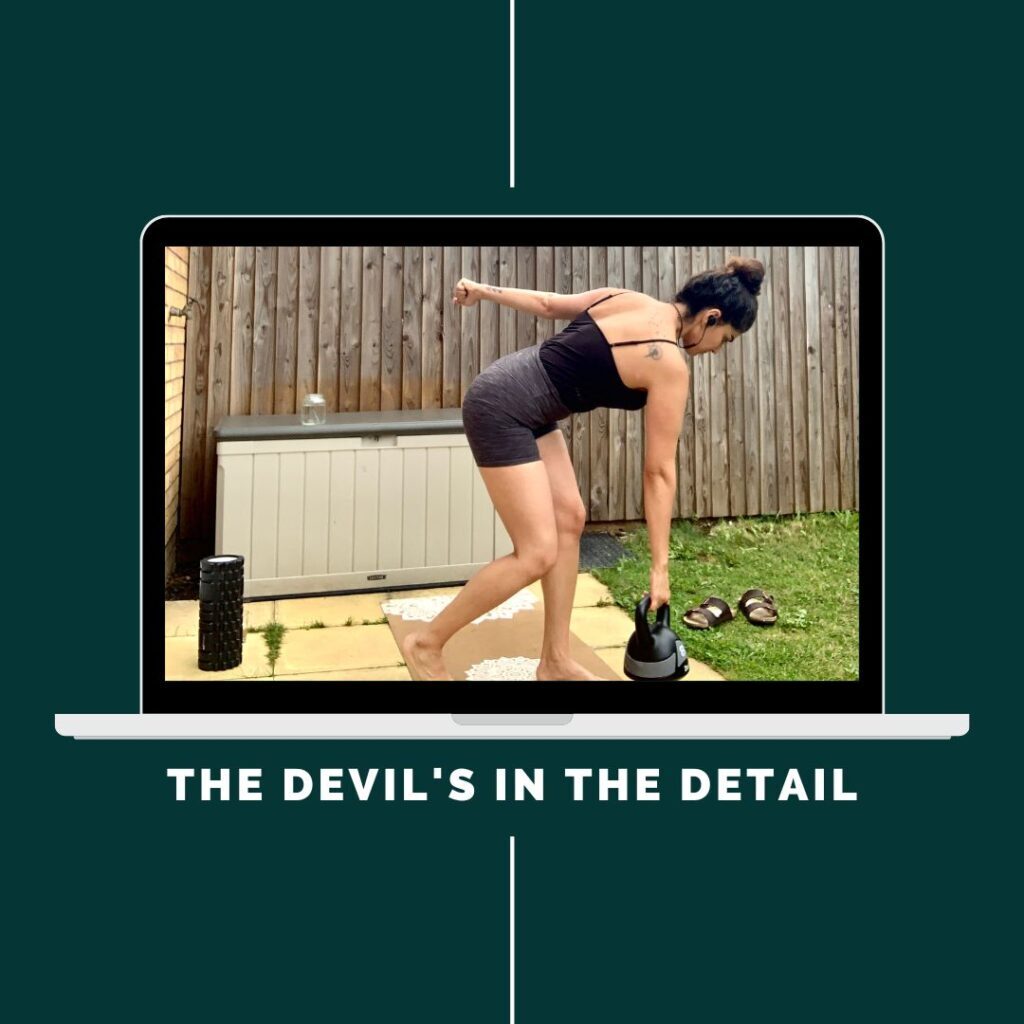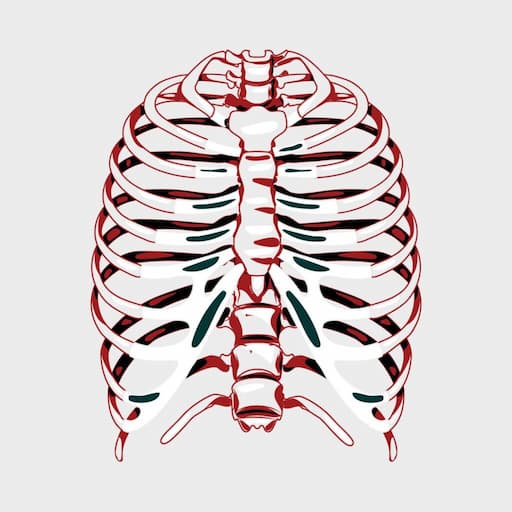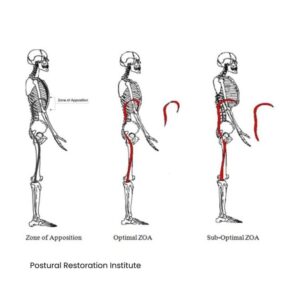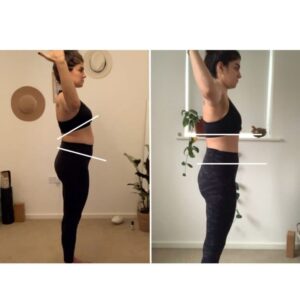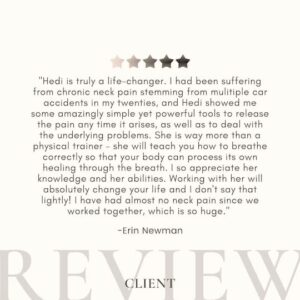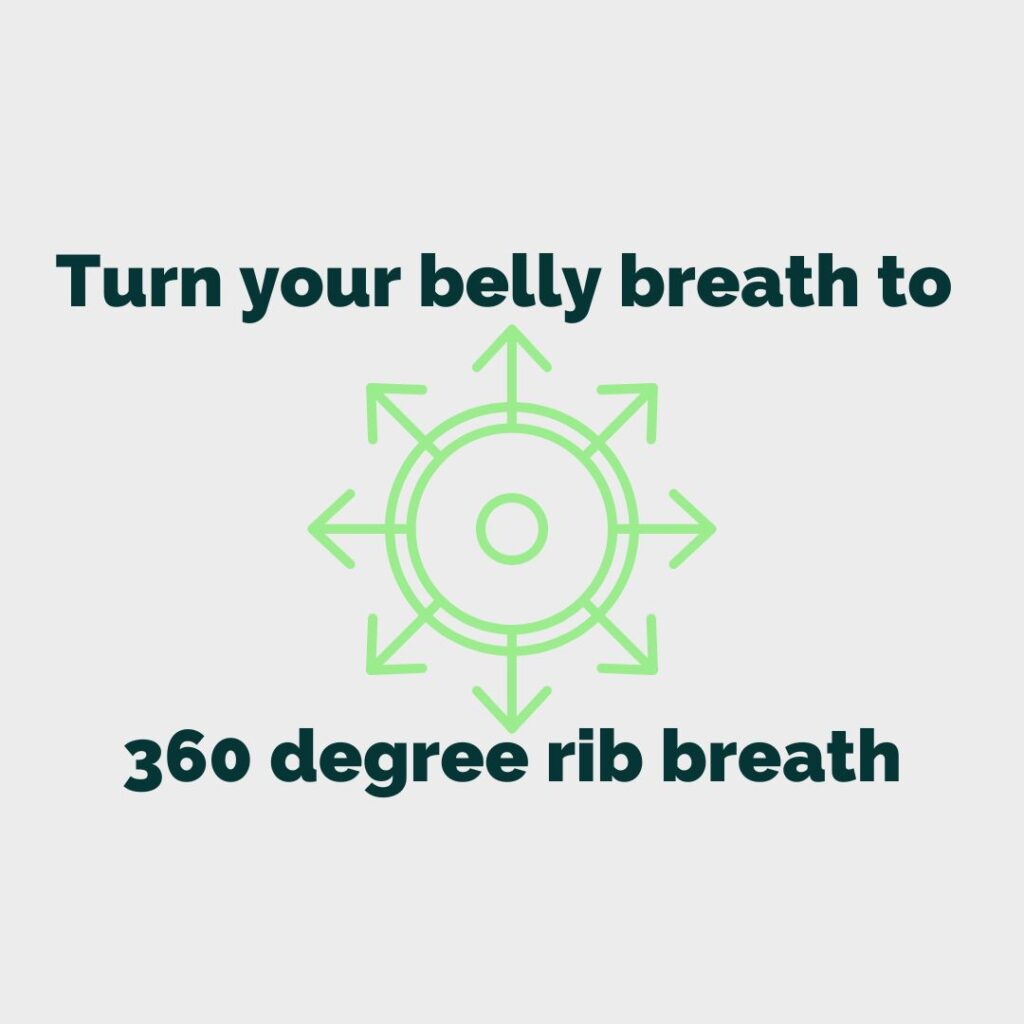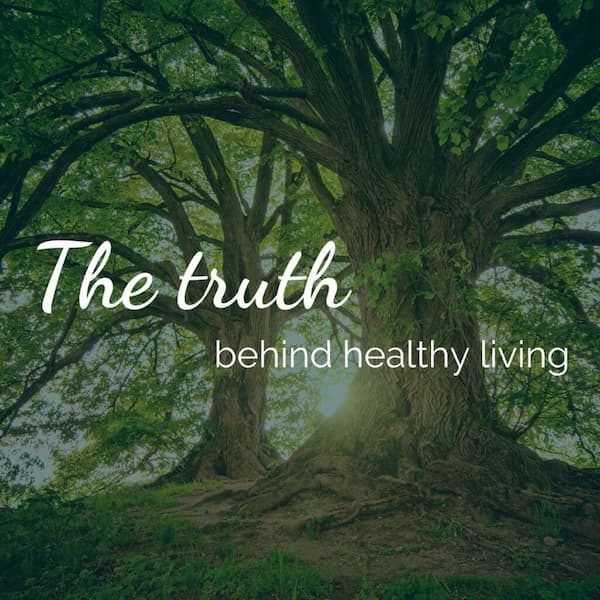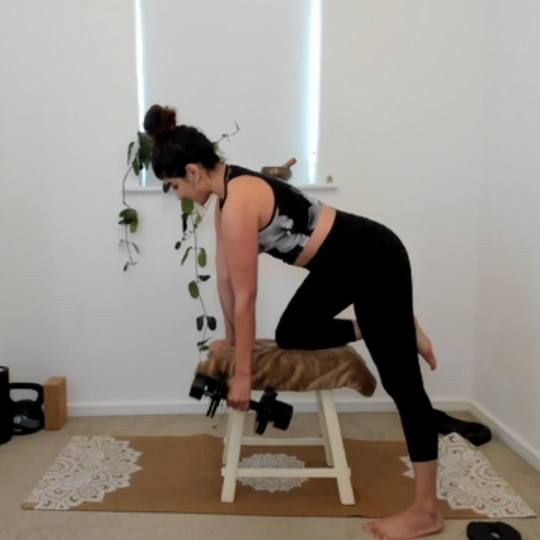
” no pain, no gain” is a lie
Back in the day, before unsubscribing from the “no pain, no gain” notion, I worked out every day and having stiffness in my lower back was a regular post-workout thing.
Having a pinch in my hip was a constant during heavy lunges. But I push through anyway because I’ve been told, “no pain, no gains.”
I couldn’t sit on the ground, let alone crossed-legged; I thought stretching could help. Still, nothing had sustainably improved until I began incorporating solid joint mobility and postural restoration practices into my routine.
I still strength train 3-5 times a week. What I no longer do is normalize pains and aches. I address them head-on, and I’m the strongest and most flexible I’ve ever been in my life.
Today, I believe in integrating deep work and strength training with space for recovery.
And I practice and teach a training model that makes me and my clients better at doing human things, breathing, playing, running, sensing and moving first and foremost. Because when we get better at doing human things, all the other things become easier, no matter your fitness goal.
An effective training program is NOT limited to:
→ how heavy you lift
→ how sweaty you get at the end of each session
→ how much soreness you experience after a session
It is so much more than that!
An effective training program must help you:
→ to enhance your day-to-day life
→ to prevent you from injuries
→ to make you more aware of your body
→to teach you to move more efficiently by addressing the roots of your weakness
→ to become more mobile and flexible
→ to improve your posture
→ to build physical and mental strength
How effective is your training routine?
Feel free to reach out to me directly with any questions, or check out my online studio.
Be mov
Hedi

